
Doctors reveal that consuming pumpkin causes in...
Pumpkin is often celebrated as a superfood — packed with vitamins, minerals, fiber, and antioxidants that support overall health.
It’s low in calories, rich in beta-carotene, and helps boost immunity, improve vision, and promote healthy skin.
However, like any nutritious food, moderation is key. Overeating pumpkin or consuming it improperly can lead to some unexpected side effects that many people overlook.
Here’s what doctors and nutritionists want you to know:
⚠️ 1. It Can Cause Digestive Discomfort
Pumpkin is loaded with dietary fiber — great for gut health, but only in reasonable amounts.
When consumed excessively, the high fiber content can overwhelm your digestive system, leading to:
-
Bloating and gas
-
Stomach cramps
-
Loose stools or diarrhea
Why it happens: Too much fiber accelerates bowel movements and may irritate the intestines, especially if your body isn’t used to such a high intake. People with sensitive digestion or IBS may notice symptoms more quickly.
🩺 Doctor’s Tip: Start with small servings (about ½ cup) and gradually increase. Always drink plenty of water — this helps your digestive system handle the extra fiber efficiently.
⚠️ 2. It May Lower Blood Sugar Levels Too Much
Pumpkin — especially pumpkin puree and seeds — contains compounds that help regulate blood sugar and improve insulin sensitivity.
While that’s beneficial for most people, those taking diabetes medication should be careful.
Eating large amounts of pumpkin can amplify the effect of insulin or other glucose-lowering drugs, which might lead to:
-
Hypoglycemia (low blood sugar)
-
Dizziness, shakiness, or excessive sweating
-
Fatigue or confusion in severe cases
🩺 Doctor’s Tip: If you’re diabetic or using insulin, speak to your doctor or dietitian before adding pumpkin to your diet regularly. It’s best to monitor your blood sugar closely when trying new foods.
⚠️ 3. Possible Risk of Allergic Reactions
Though rare, pumpkin allergies do occur — particularly with pumpkin seeds or skin contact. Allergic responses can range from mild to serious, including:
-
Skin irritation, redness, or itching
-
Sneezing and nasal congestion
-
Shortness of breath or swelling in severe cases
🩺 Doctor’s Tip: Stop consuming pumpkin immediately if you notice any allergic symptoms. Seek medical attention if breathing becomes difficult. When trying pumpkin seeds for the first time, start with a small amount to test your body’s reaction.
⚠️ 4. Vitamin A Overload (Hypervitaminosis A)
Pumpkin is an excellent source of beta-carotene, a pigment the body converts into vitamin A — essential for vision and immune function.
However, too much vitamin A can be harmful, especially when combined with supplements or other vitamin A-rich foods.
Excess vitamin A may cause:
-
Headaches and dizziness
-
Nausea or vomiting
-
Blurred vision
-
Joint and bone pain
🩺 Doctor’s Tip: Adults need about 700–900 µg of vitamin A per day, but just one cup of cooked pumpkin can provide over twice that amount. To stay safe, balance pumpkin intake with a varied diet including other vegetables and proteins.
⚠️ 5. It May Interfere with Certain Medications
Pumpkin acts as a mild diuretic, helping your body release excess water and sodium.
While this can reduce bloating and support kidney health, it may also reduce the effectiveness of some medications, especially those for heart conditions, blood pressure, or fluid balance.
🩺 Doctor’s Tip: If you’re taking medication for hypertension, heart disease, or kidney issues, consult your healthcare provider before consuming large amounts of pumpkin juice, soup, or supplements.
🌿 In Summary: Pumpkin Is Healthy — But Balance Matters
Pumpkin is undeniably nutritious and beneficial for most people when eaten in moderation.
The key is to enjoy it as part of a balanced diet, not as a dominant food source.
✅ Ideal daily amount: ½–1 cup (about 100–200 g) of cooked pumpkin.
✅ Best time to eat: During the day — digestion is more active, and your body can absorb nutrients better.
✅ Best preparation: Steamed, baked, or roasted — avoid deep-frying or pairing with sugary toppings like syrup or condensed milk.
✅ Bonus tip: Combine pumpkin with a bit of healthy fat (like olive oil or nuts) to enhance the absorption of beta-carotene.
🧡 Final Thought
Pumpkin is one of nature’s most versatile and nourishing foods — it can be used in soups, smoothies, salads, or even desserts.
But like any health food, too much of a good thing can become a problem. Enjoy it mindfully, listen to your body, and consult a doctor if you experience unusual symptoms.
Your health depends not just on what you eat — but on how much and how balanced your choices are. 🌱
News in the same category


Scientists find a berry that can combat cancer, diabetes, and obesity

🚨 The Silent Danger: Early Signs and Prevention of Colorectal Cancer

The shocking truth about blocked arteries—it’s NOT just fatty foods!

Boil bananas before bed, drink the liquid and you will not believe what happens to your sleep

Bitter Taste In Your Mouth Discover Most Common Cause

8 Common Reasons For Waking Up at Night

How to Get Rid of Constipation: The Best Home Remedies That Really Work
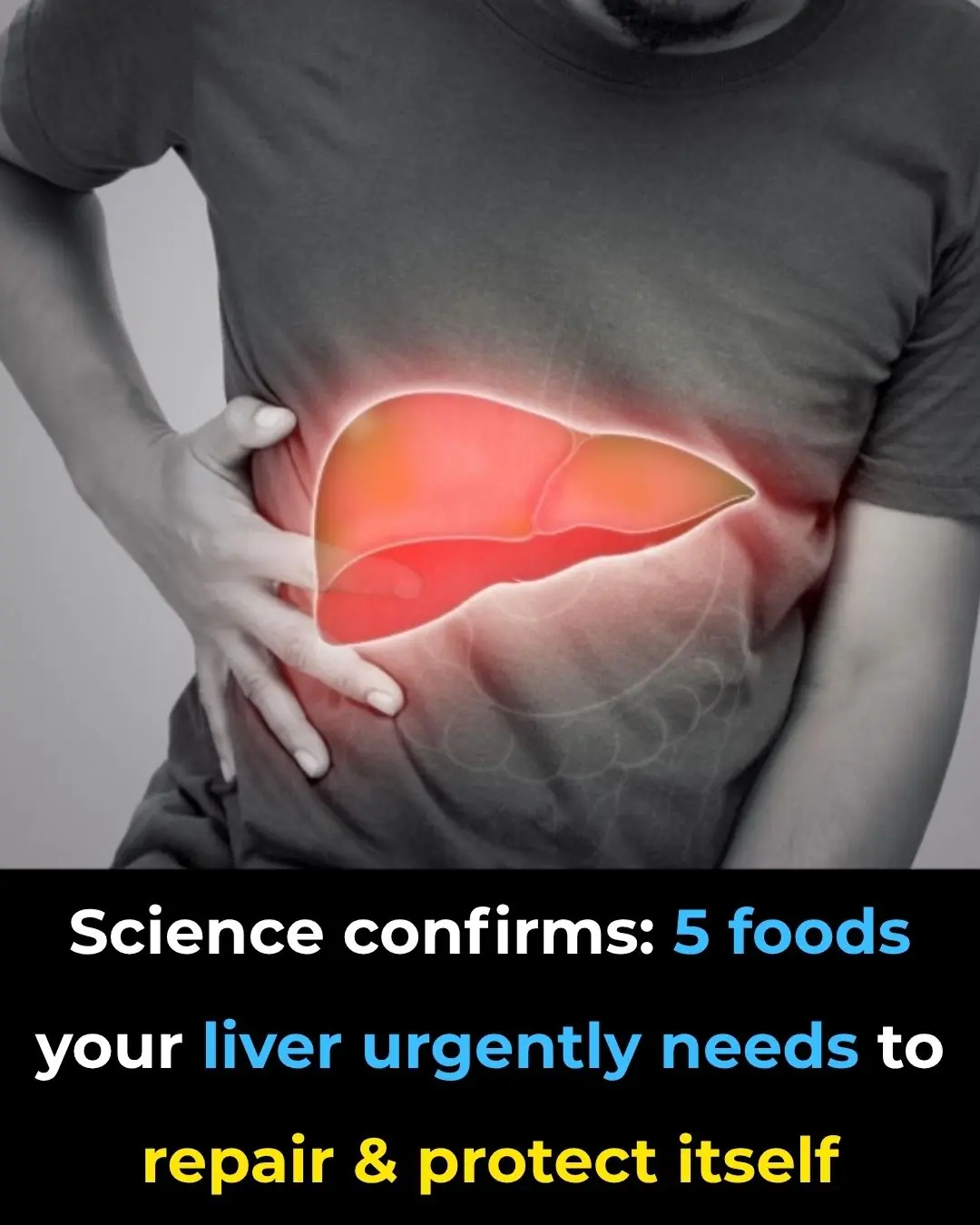
The Best Scientifically Proven Foods to Cleanse Your Liver
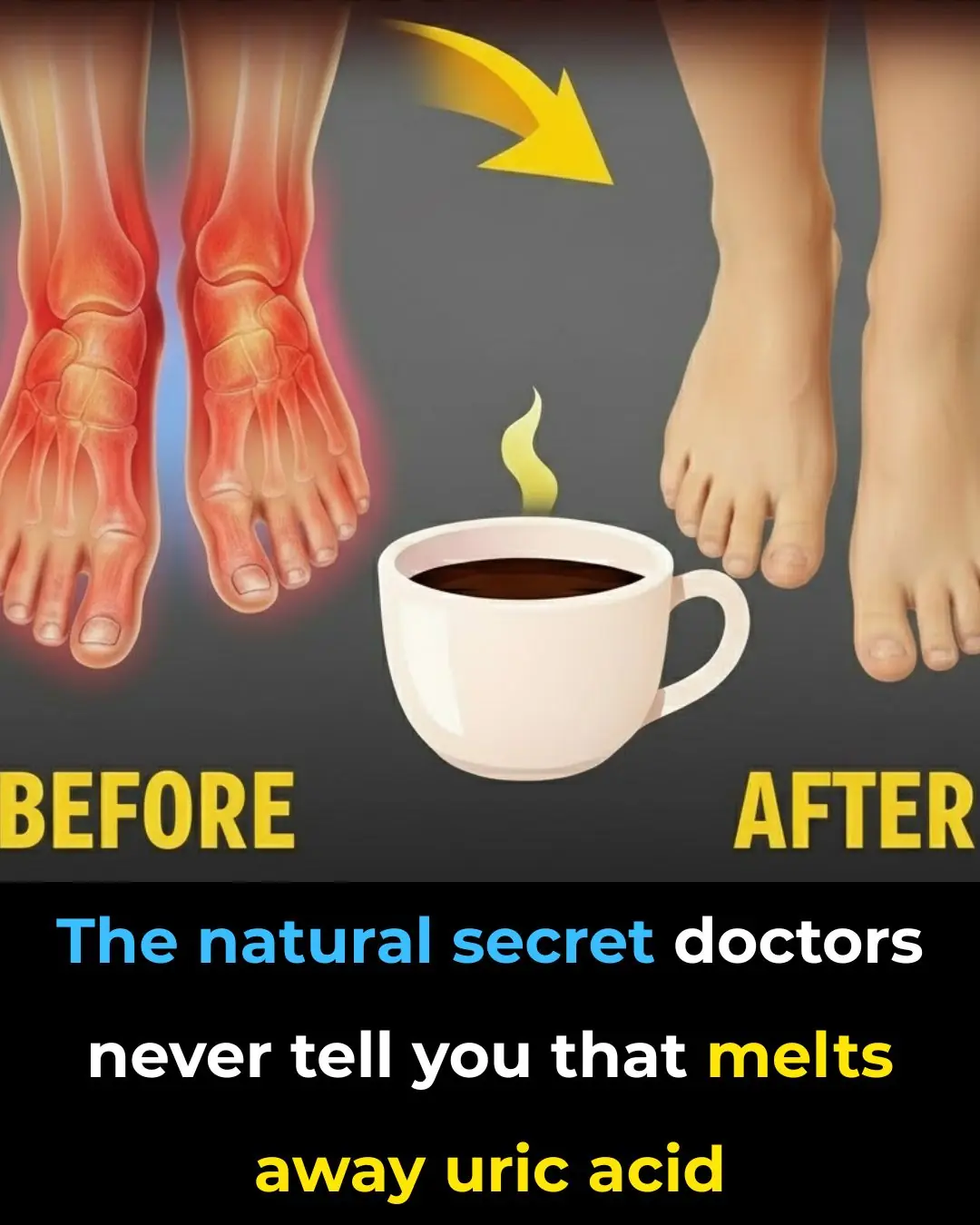
The Best Natural Gout Treatments: Remove Uric Acid Crystallization To Prevent Gout And Joint Pain

4 things your hands could be telling you about the health of your kidneys

The Secret to Caring for Your Aging Skin – Gentle, Effective & Realistic

12 Amazing Benefits of Drinking Baking Soda Water Daily

5 Deficiencies Almost Everyone Has (And Doesn’t Know About)

Osteoporosis Is Scurvy of the Bone, Not Calcium Deficiency
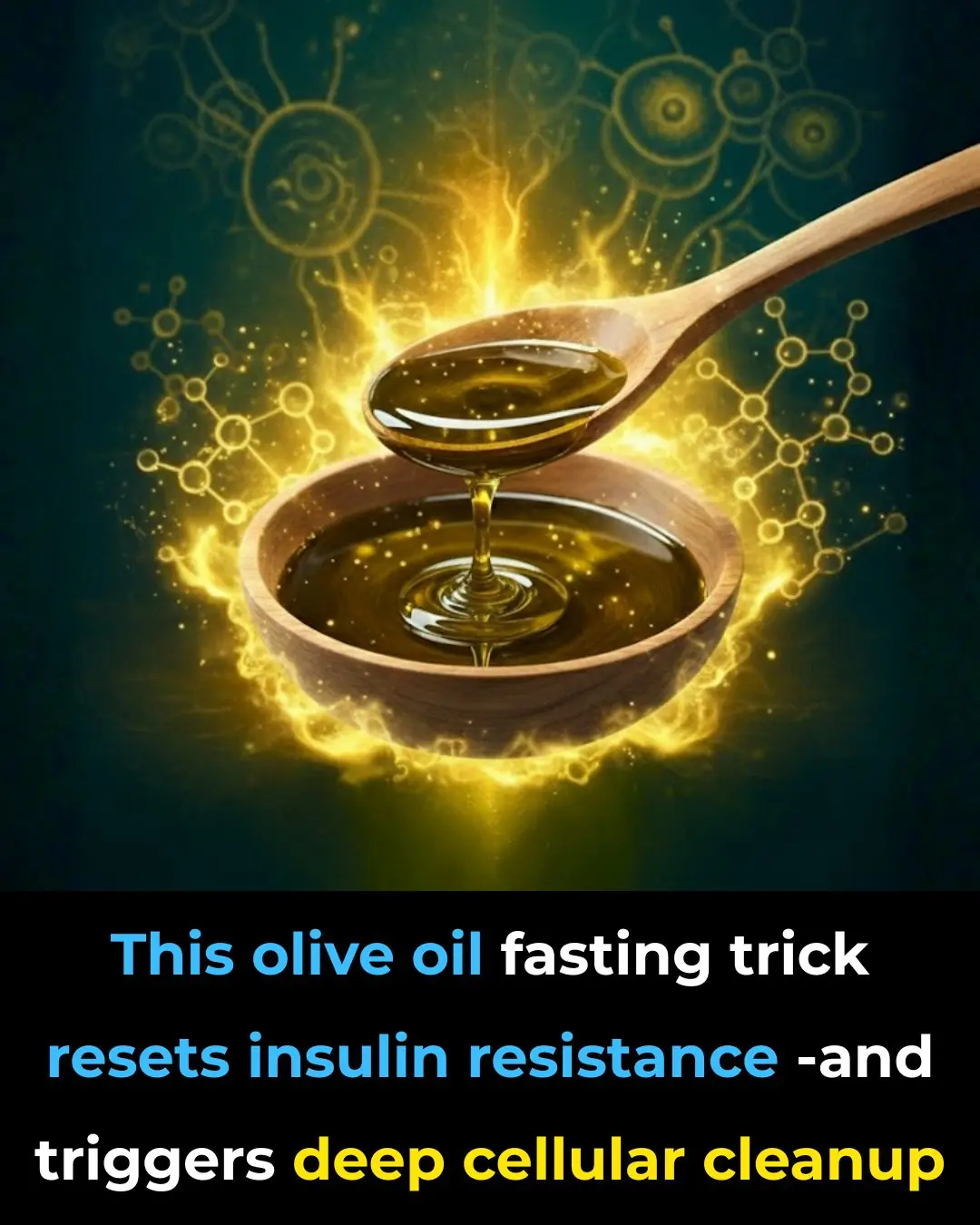
This olive oil fasting trick resets insulin resistance — and triggers deep cellular cleanup

Forget Calcium — Doctors Say This Is the #1 Exercise for the Strongest Bones
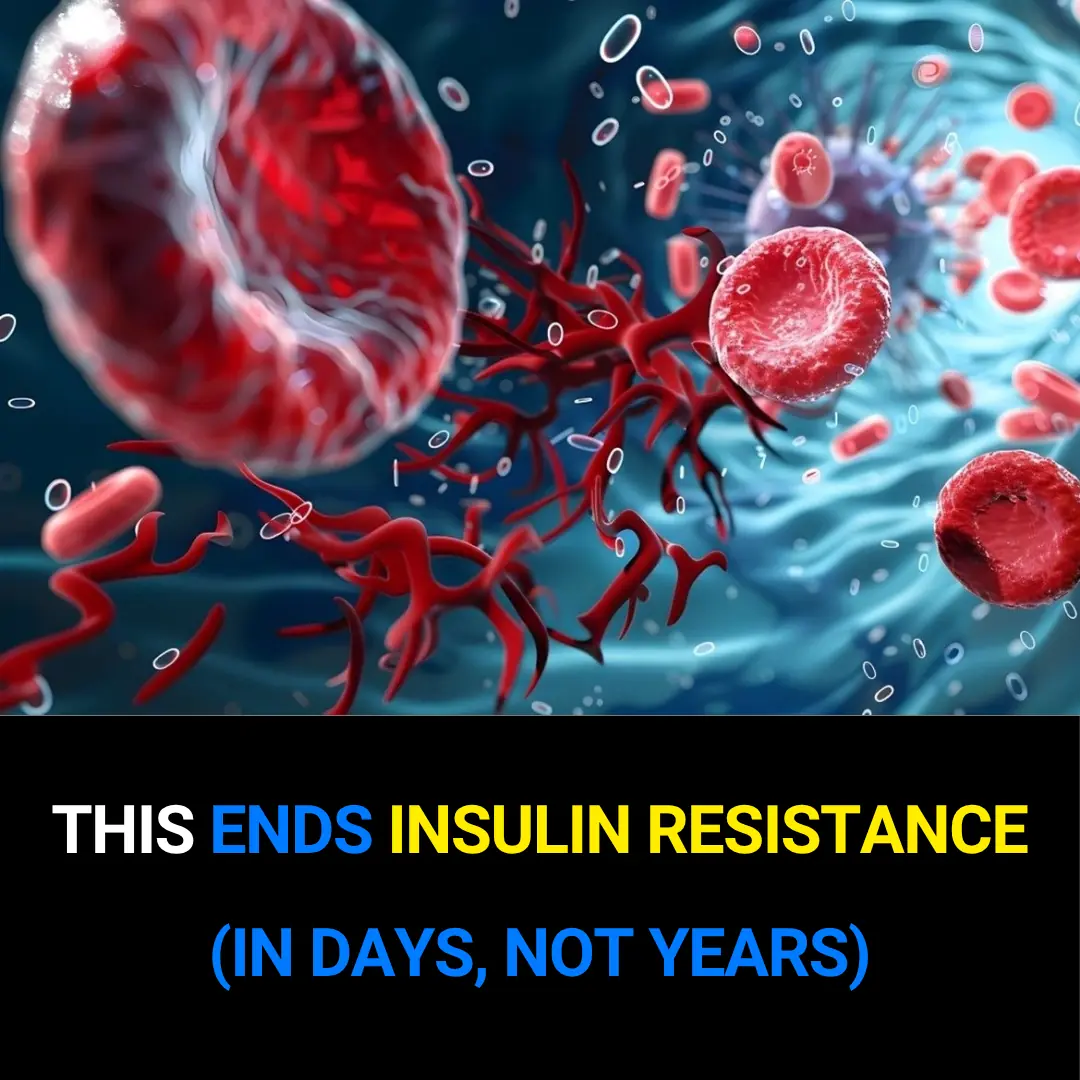
This Ends Insulin Resistance (in Days, Not Years)
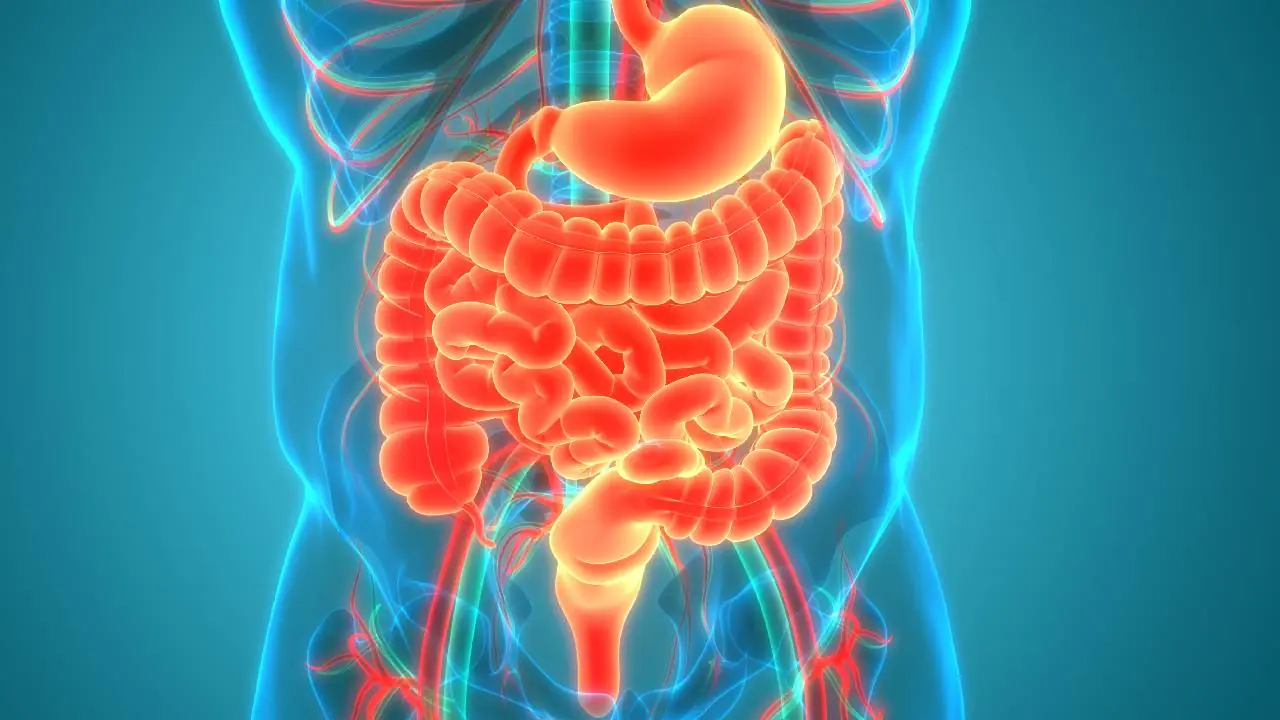
7 Warning Signs of Diverticulitis Most Doctors Miss
News Post

The Power of Simply Sitting Beside Someone.

The Spiritual Meaning of White Butterflies in Your Home

If You Find A Tick Inside Your Home, Here’s What You Need To Know
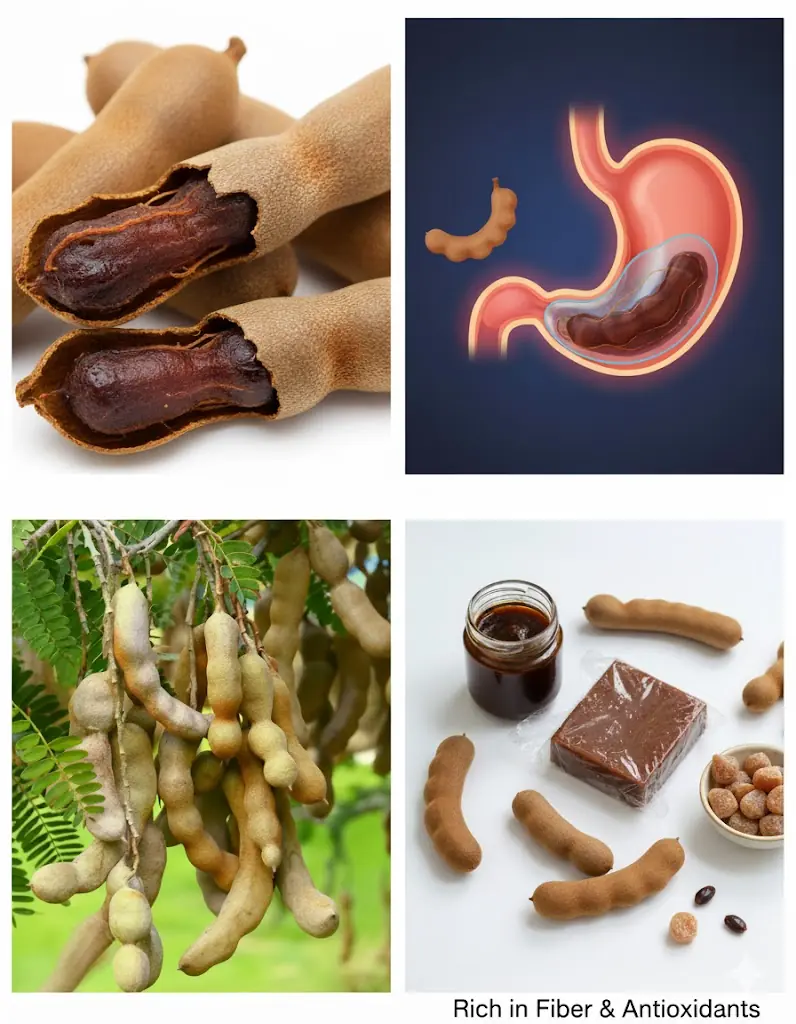
The Power of Tamarind Fruits: Sweet, Sour & Supercharged with Health Benefits
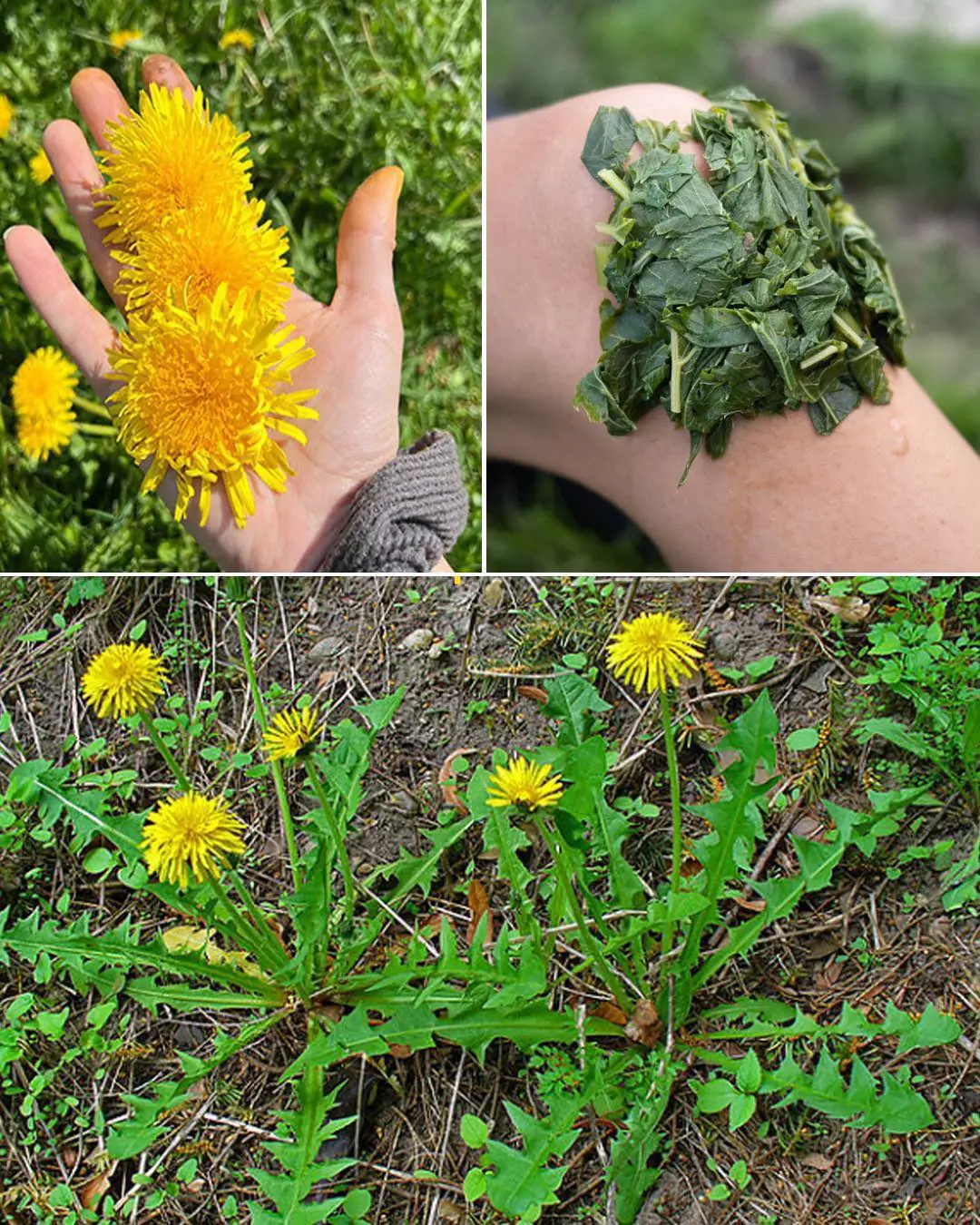
5 Health Benefits and Uses of Dandelion
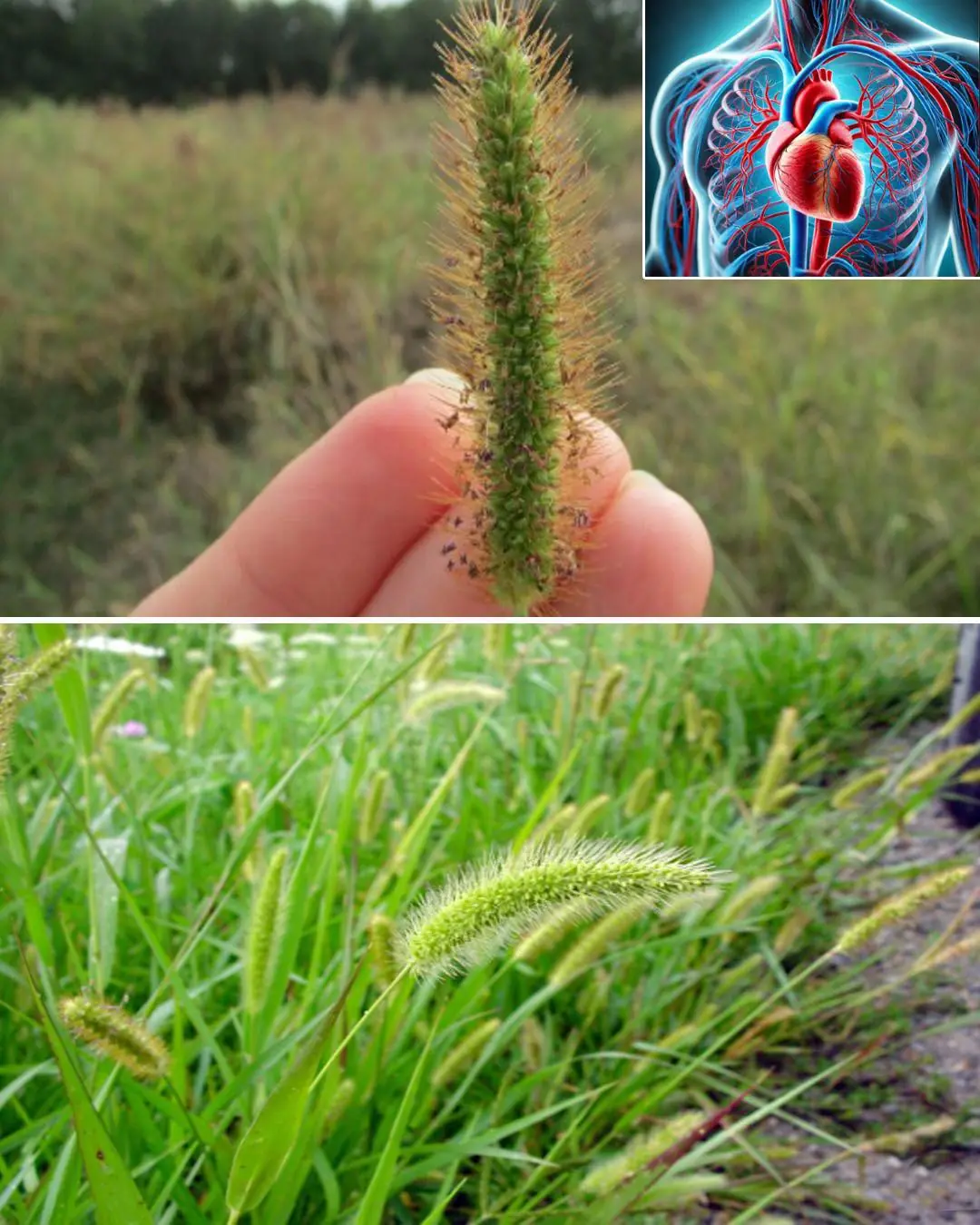
The Benefits and Uses of Foxtail Grass
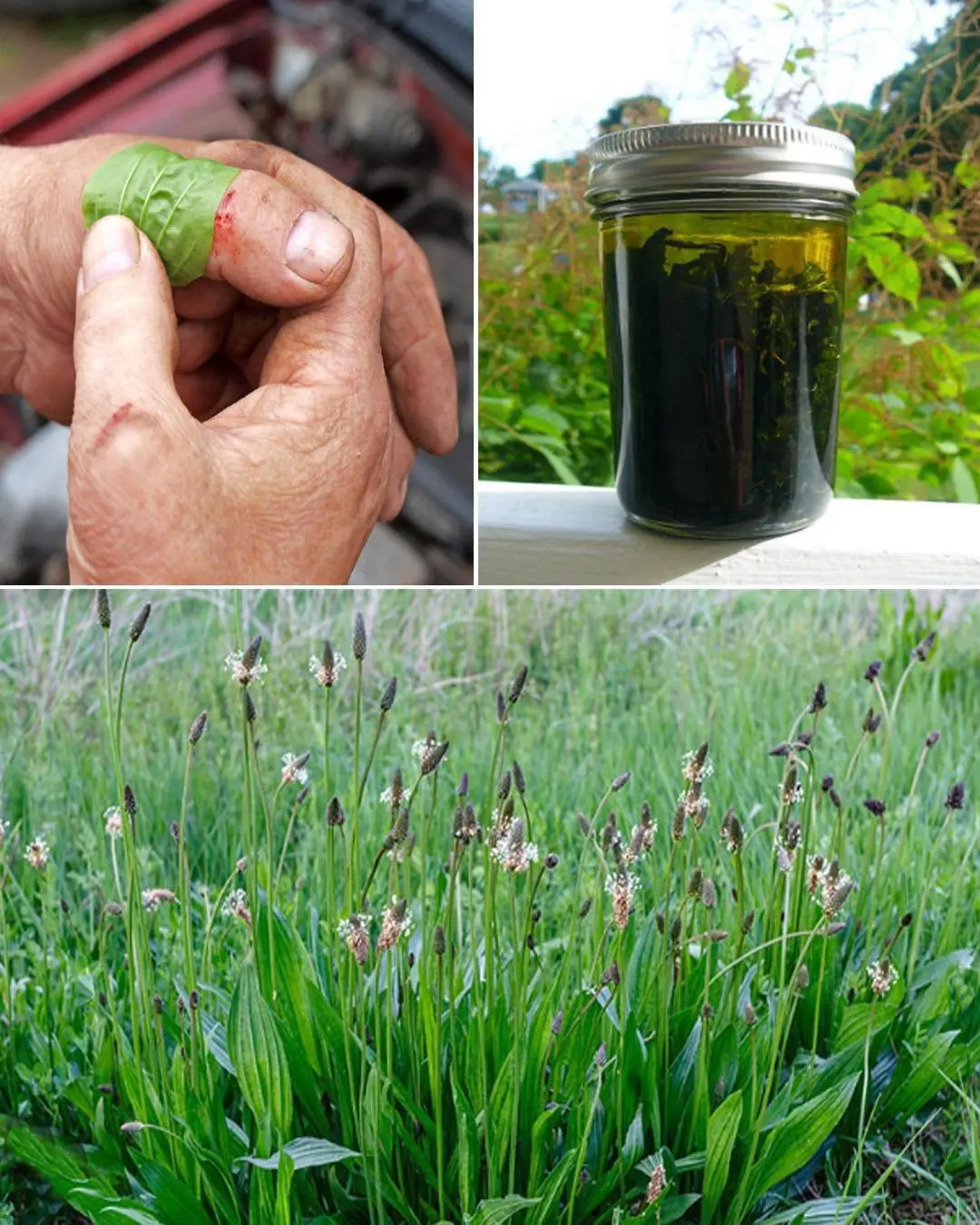
Fact & Health Benefits of Ribwort Plantain
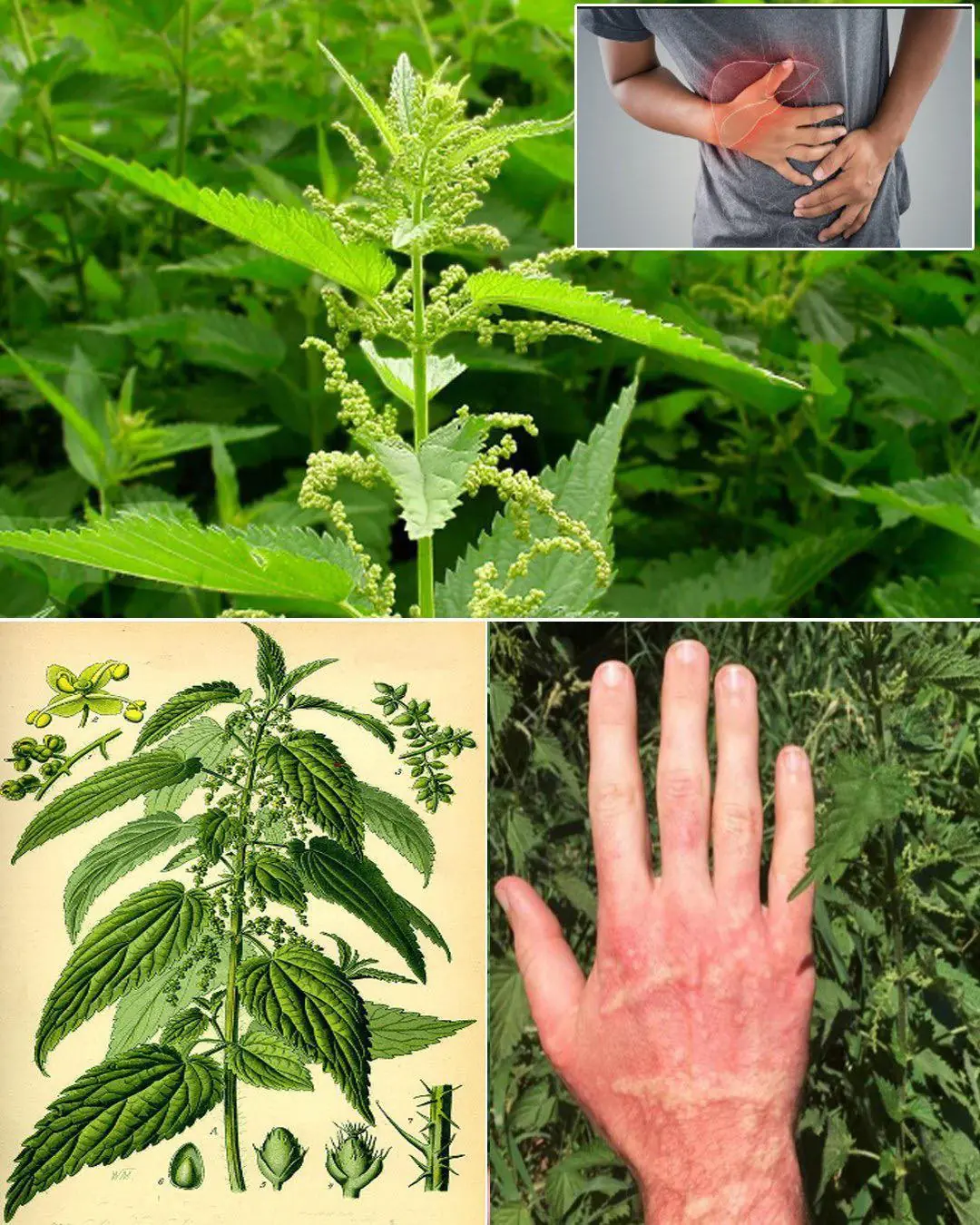
7 Nettle benefits and uses

Roasted Lemon and Salt: A Powerful Natural Remedy for Cough and Sore Throat

Why Electric Kettles Are Rare in Western Homes — Despite Their Convenience
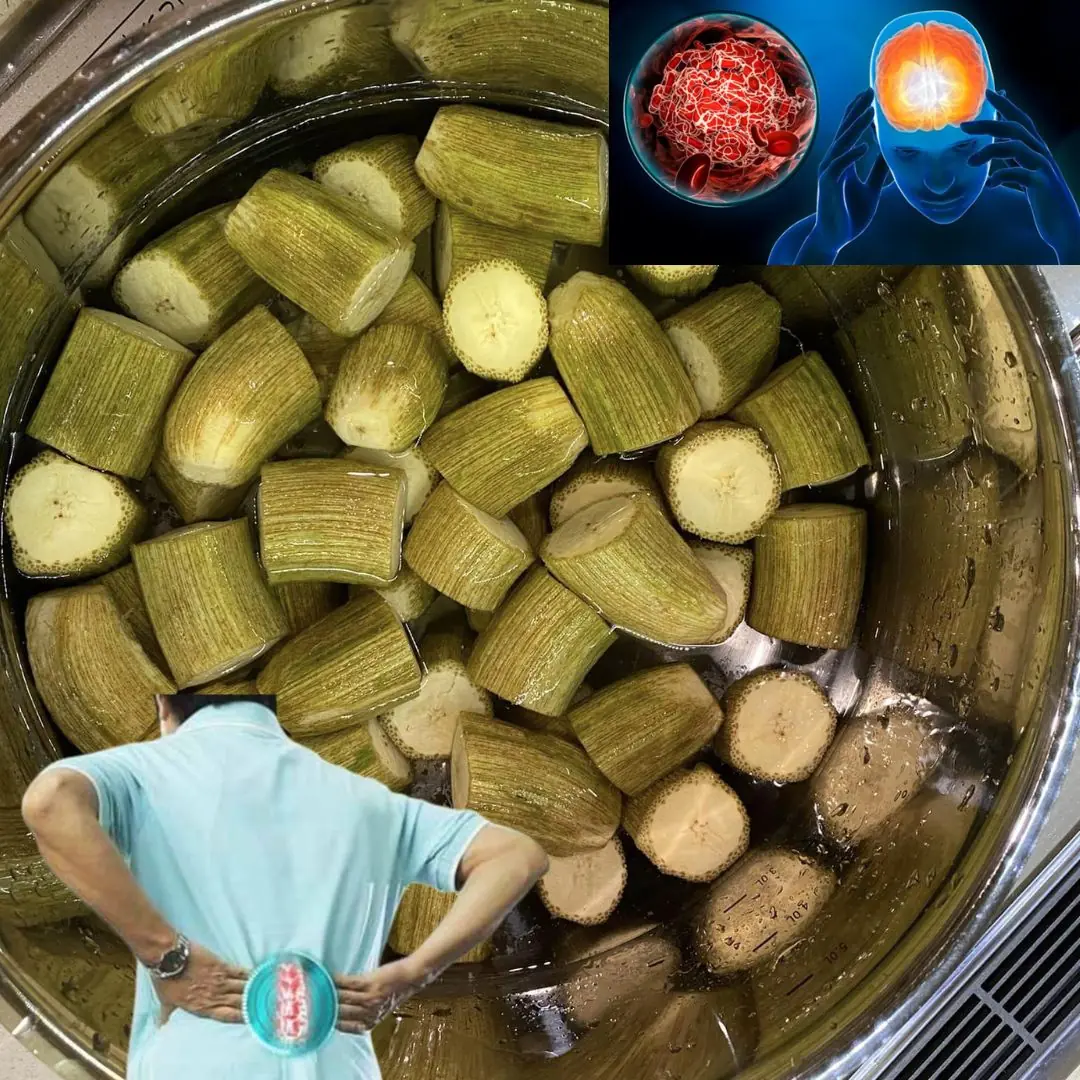
Boiling 3 Bananas Before Bed: Why Many Are Doing It

Should You Throw Toilet Paper in the Trash or Flush It?
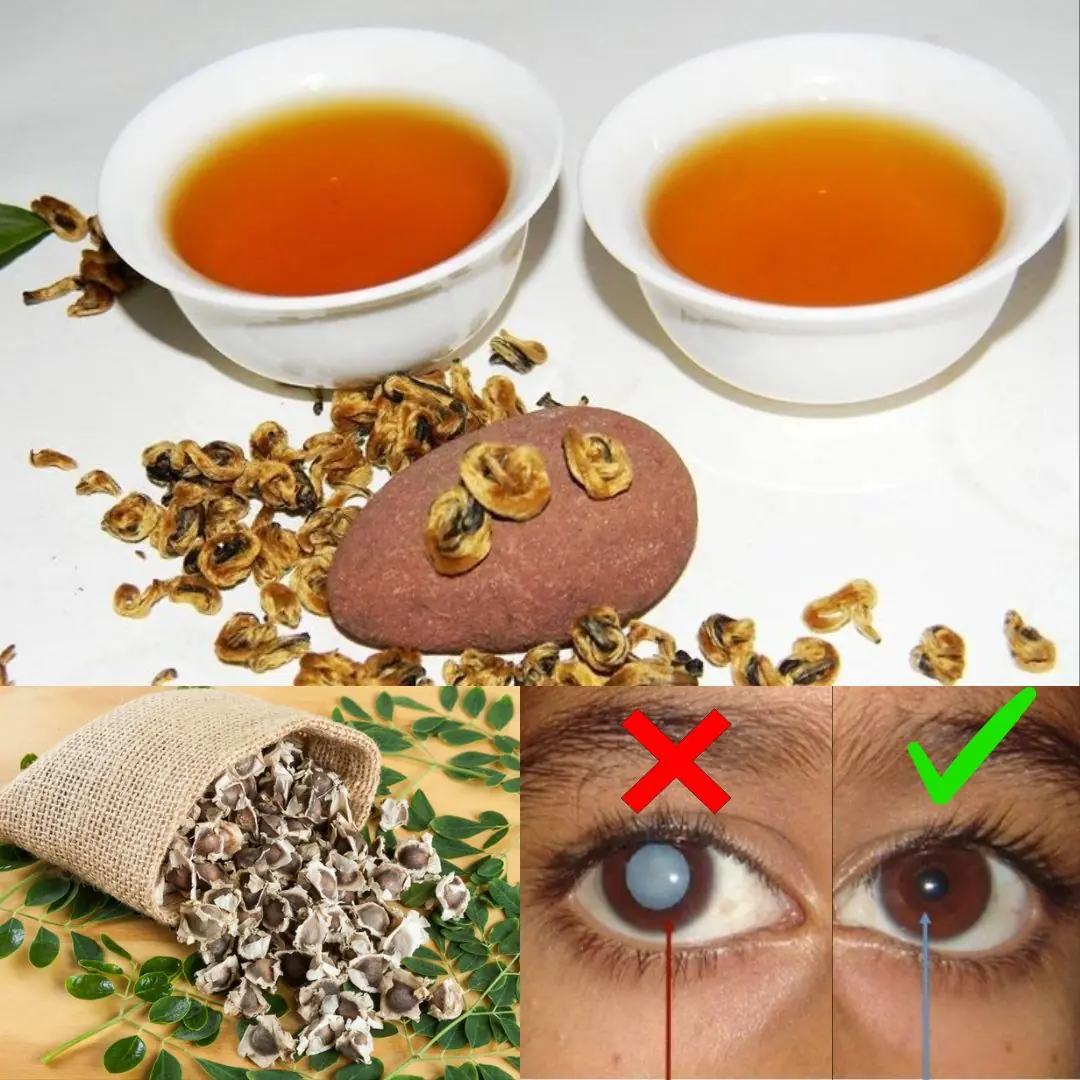
12 Powerful Benefits of Moringa Seeds

7 Subtle Health Problems That Could Be Early Warning Signs of Cancer

‘Learn How to Drive!’: Connecticut Karen Embarrasses Her Husband and Herself Over Parking Spot That Was Never Blocked

How to Reduce Freckles for a More Even and Radiant Skin Tone

Don’t Throw Away the Handle of Your Used Cooking Oil Bottle — It Has Many Surprising Uses in Everyday Life

Magpie The Spiritual Meaning of an Unusual Encounter
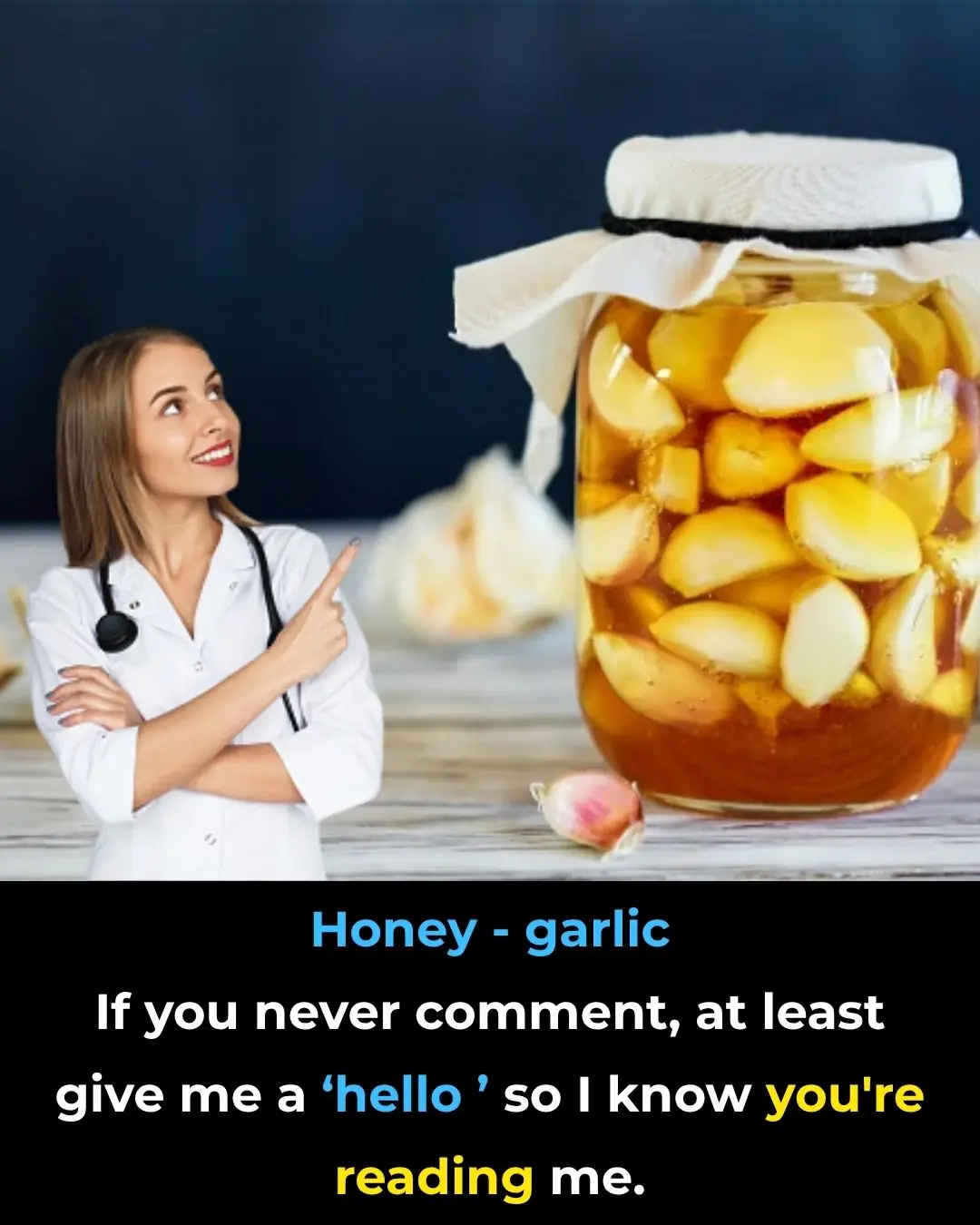
How to Eat Garlic and Honey on an Empty Stomach for 7 Days — The Natural Ritual That Strengthens, Cleanses & Revitalizes the Body
